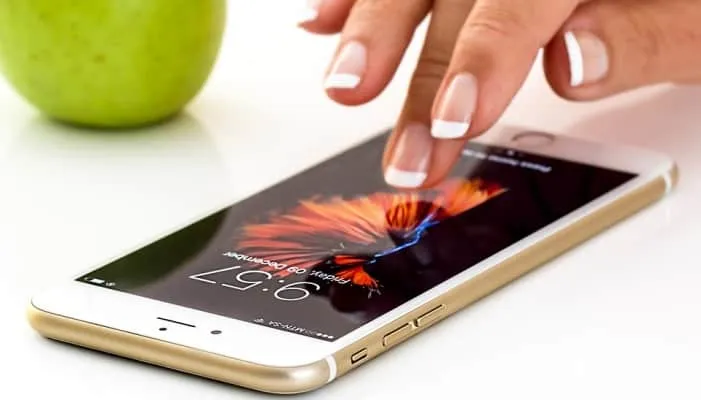
“Digital Interrupts” – Just like in an operating system, the biggest cost to outcomes, the flow of work and creativity of software professional is the context switch time at every task switch. Software professionals spend most of the day either looking at a screen or in close proximity of one, be it mobile phones in our pockets or at our bedside. While tools and technology aid to speed up, outsource and enable our minds – they also distract and constantly break our flow.
Additionally, each of these interruptions is sometimes sought by us unconsciously. This is because the desire to check a like on social media, to check emails and find something that interests oneself gives a high of Dopamine. Dopamine is a chemical that rewards us for successful prior behaviors like tasty food, exercising and social acceptance. Checking emails or receiving a notification releases dopamine, and hence comes the desire to seek interruptions.
For a software engineer, digital interrupts or distractions can be of various kinds. It can be via digital mediums such as messaging/chat groups, mobile notifications, email pop-ups, back to back online meetings, social media pop-ups, operating system/software pop-ups, phone calls and more. With the numerous digital disruptions that a software engineer faces, digital wellness is crucial. Here are a few things that help.
- Block off ‘no digital time at work’: Decide a time on your calendar which indicates “blocked time” to code, test or write a product document. Preferably go somewhere other than your desk and work there. Inform colleagues to advance and silence your ringtone.
- Schedule your application checking time: Use applications, which allow you to schedule notifications at specific times of the day and disable notifications from popping up. Of course, you can always have notifications on for important applications.
- Plan your meetings: Fragmentation is bad for your day just as it is bad for a hard disk. Having a fragmented day, with different meetings at different times of the day, is bad for productivity. Plan parts of the day or a day of the week to be more meeting friendly, be it a code review, a status meet or a design review. This will allow time for continuous concentration and flow.
- Work from Home or pretend you’re a Gig worker: In the gig-economy, everyone is more of a short-term worker than a permanent one. Schedule work from home days based on your commute to work and the work you have that day. Working from home lets you plan non-digital time and to be productive in the comfort of your home. Thinking like a gig worker can allow one to overcome and improve digital wellness.
- Schedule notifications and upgrades during non-peak times: A distracting interrupt is an OS upgrade or an app upgrade, which requires a system restart. An upgrade in the middle of your work would require valuable time and attention. To avoid that, schedule notifications and upgrades during times you don’t require your device such as during lunch or meetings.
- Build a non-digital work culture – Many companies are global entities; however, we have to maintain a protocol for work. Contacting employees during their off-hours and on weekends might disturb their non-digital time. Also, just because someone gives a transactional response to a note do not assume they would be ok for you to talk to them.
- Plan non-digital activities in the company – One of the unique ways an organization can promote digital wellness in a software engineer’s life is to have non-digital activities. For example, organizing a cricket or volleyball match, conducting mindfulness sessions, setting up support groups for digital addiction – should one need professional help. This also improves employee engagement.
- Rediscover writing and whiteboarding: Writing has become a lost art with the increase of digital note-taking. In meetings writing things down or on a whiteboard is a unique digital wellness mechanism. This forces you to use a pen moving away from digital devices. You can photograph it later to store into a note taking app.
- Fight Fire with Fire – Use technologies that help exercise digital restraint. Certain technology, such as artificial intelligence could regulate your use of your device. You can set up a reward mechanism to keep up your digital wellness. Join communities, if necessary, where you could share your digital away time and reward yourself accordingly.
Code runs the digital world, and the best code is written by smart software engineers who can focus and invent – fresh, innovative and physically, mentally and digitally strong!
[“source=dqindia”]
